Batten Down The Hatches! - Helpful Hacks for Hurricane Season
Everyone knows there are four seasons - summer, fall, winter, and spring. As a resident of coastal North Carolina, I know there are actually five seasons. This “bonus season” runs from June 1st to November 30th in the Atlantic and from May 15th to November 30th in the Pacific every year without fail. Coastal residents HATE it. Meteorologists find it EXCITING (looking at you, Jim Cantore). If you haven’t guessed yet, I’m talking about hurricane season.
Understanding Hurricanes: What You Need to Know
Hurricanes, or Tropical Cyclones, are defined by NOAA as “a rotating, organized system of clouds and thunderstorms that originate over tropical or subtropical waters and have a closed low-level circulation.” Tropical Cyclones are divided into four categories: tropical depressions, tropical storms, hurricanes, and major hurricanes. Hurricanes are further divided into five categories, with a Category Five Hurricane being the most dangerous.
These weather powerhouses dominate the oceans during the summer and early fall, bringing devastating wind and rain to all in their path. When they finally decide to depart from their target, they often leave a lot of damage behind. In the following weeks, cities will rebuild their homes, schools, and businesses while praying that the next storm won’t come too soon.
As a well-seasoned veteran of hurricanes (I’ve lost count of how many I’ve lived through), I wanted to share a few tips and tricks that you may want to keep in mind if you’re facing a hurricane or other similar disasters. So hop on in hurricane hunters; we’re in for a bumpy ride!
Hurricane-Safe Foods
One of the most important things you can do to prepare for a hurricane is to have non-perishable foods ready. These food items will not spoil quickly and can be used for multiple days. Remember that you’ll likely be out of power when a hurricane comes for 3 to 5 days. That means no stove, microwave, air fryer, or Crock-Pot. However, if you do choose to cook your canned food on an outdoor grill or campfire, click here for some good tips from Ready.gov!
Most canned food items are perfect for hurricanes. While we’d like to eat our soups hot, they can be enjoyed cold, along with other canned meats and vegetables. Dry cereal is also an excellent choice, especially if you have little ones at home. One of my favorite hurricane comfort foods is Pop-Tarts, which come in various flavors and can be enjoyed without a toaster.
If you’re looking for hurricane-safe sources of protein, peanut butter (as long as it’s not natural peanut butter - that has to be refrigerated) is a great choice. Peanut butter crackers and sandwiches will keep you fuller longer without cooking anything. Ready-to-eat canned meats, such as tuna or chicken, are also good options. Just make sure you have a can opener handy!
GERD and IBS-Friendly Hurricane Foods
For those with GERD and IBS, selecting non-perishable food items is tricky. You’ll want to choose canned items that will be easy on your digestive system since going to the bathroom and the medicine cabinet in the dark is not fun (from personal experience).
Canned vegetables such as asparagus and green beans are low in fat and sugar, which makes them a good choice for those with GERD. However, you’ll need to watch the sodium content. Try to find vegetables in a low—or no-sodium solution.
If you have IBS and are following a Low FODMAP diet, nuts such as almonds, peanuts, pecans, and walnuts are good hurricane snacks to have on hand. Rice crackers are also a great choice; you can use them with peanut butter, or stock up on some FODMAP-friendly protein bars.
The most essential item to have on hand is bottled water. Depending on the damage, hurricanes may limit your access to clean water. Having multiple packs of bottled water stored safely in your house will ensure you and your family stay hydrated during the storm. Plus, water is an excellent choice if you have GERD or IBS!
Helpful Safety Tips
If a hurricane is headed your way, you usually have about a week to prepare your home, car, and emergency kit. Pay close attention to the news at this time! The Weather Channel and your local news station will regularly update you on the storm.
While hurricane-safe foods are often the top priority during storm preparation, ensuring you have enough medications, know where to go if you need shelter or medical attention, and have an evacuation plan ready in a worst-case scenario is essential.
Hurricane Hack One: Keep Medications on Stand-by
If you take any medications, especially prescription ones, look at your bottles and ensure you have enough medicine for at least a week. If the power goes out, the road washes away, or the pharmacy is out of commission, you’ll be unable to refill those necessary medications that keep you healthy. If a hurricane is headed your way and you have limited amounts of your prescriptions, call your doctor and head over to your pharmacy to see if you can get a refill as soon as possible. Non-prescription medications such as Tylenol, ibuprofen, Advil, and Midol are also good to have on hand. Trust me, there’s nothing worse than having a headache during a hurricane!
Hurricane Hack Two: Stay Hydrated
As mentioned above, having multiple cases of water in your home during a hurricane is essential. Bottled water is often the first thing to sell out at grocery stores (along with bread and milk, which I’ve never understood. Who is out there eating milk sandwiches??) Other great sources for hydration are Gatorade, SmartWater, and Pedialyte products. These have electrolytes (your hydration hero), come in many flavors, and can be enjoyed without refrigeration.
Hurricane Hack Three: Access to Healthcare
You must know where your closest medical center is in case of a medical emergency during a hurricane. Most primary care offices will be closed, leaving urgent care or the emergency room as your only options. These facilities (especially the hospitals) will have backup generators to ensure they don’t lose power during the storm. It’s important to stress that you should only use these facilities if you are having an emergency. Be prepared to wait as well - most emergency rooms will be filled with those injured by debris, flooding, or heavy winds.
If you have a non-life-threatening emergency and simply need to find a safe place to wait out the storm, know where your local emergency shelter is. These facilities are often in schools and churches and offer shelter, food, water, and bathroom facilities to those who need them. They will also be essential places after the storm has passed since many relief foundations (such as FEMA) will select a similar place to set up their recovery efforts.
Hurricane Hack Four: Evacuation Plan
If you decide that your best course of action is to evacuate, find your nearest evacuation route and be prepared to prepare your house for the storm. Most routes will be marked with a blue and white hurricane sign labeled “hurricane evacuation route.” These roads will lead you safely inland, where you can choose a place to ride out the storm. Before leaving, you may need to place wooden boards in front of your windows, pick up any electronics off the floor, and ensure your valuables are secure. As always, listen to the news for local road closures and blockages.
Weathering the Storm: Your Action Plan
Hurricanes are an unsavory but genuine threat that many of us Foodguides family members face yearly. With these simple tips and tricks, you can be ready to weather your first, second, third, or 47th hurricane.
Do you have any other hurricane hacks to share? Any advice to those in Hurricane Alley? Share your thoughts in our new comments section! We’d love to hear from you!
- DisasterAssistance.gov. (n.d.-a). Immediate needs. Emergency Shelter.
- Evacuation. Evacuation | Ready.gov. (n.d.).
- National Oceanic and Atmospheric Administration. (2024). Tropical cyclone climatology. National Hurricane Center and Central Pacific Hurricane Center.
- US Department of Homeland Security. (2024). Hurricanes. Ready,gov.


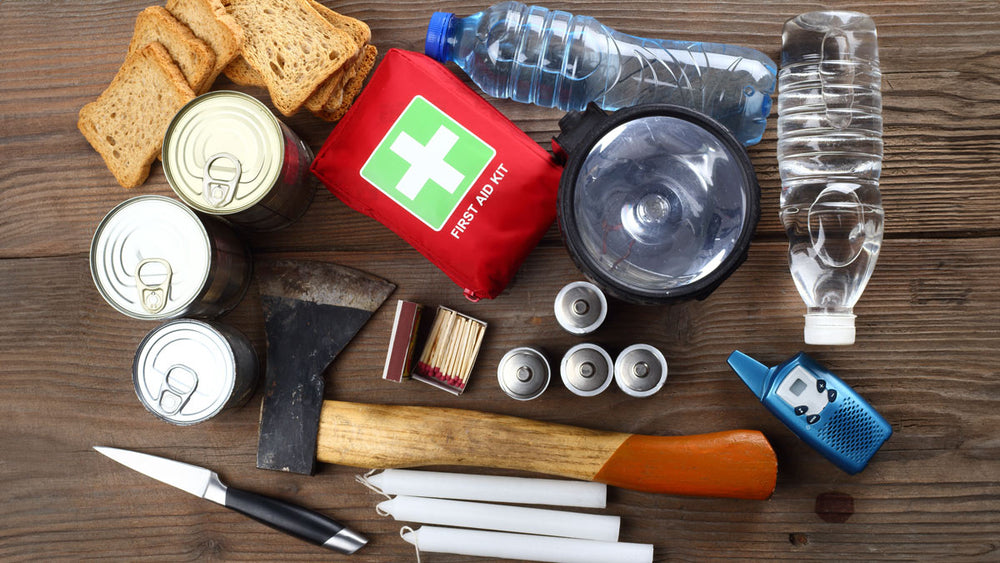
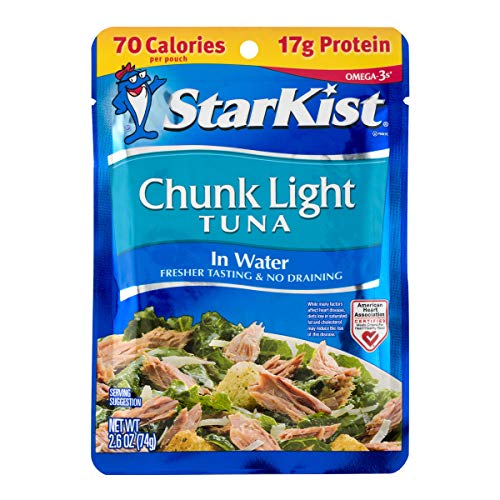
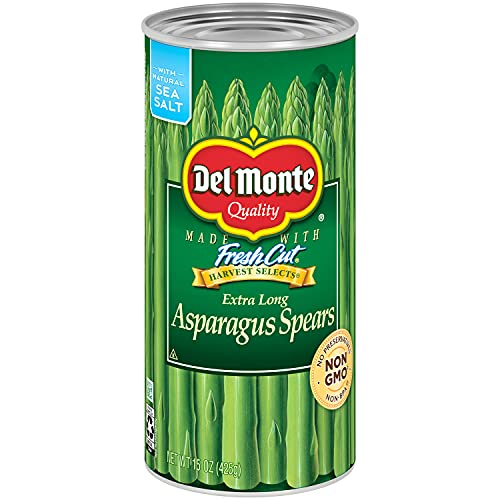
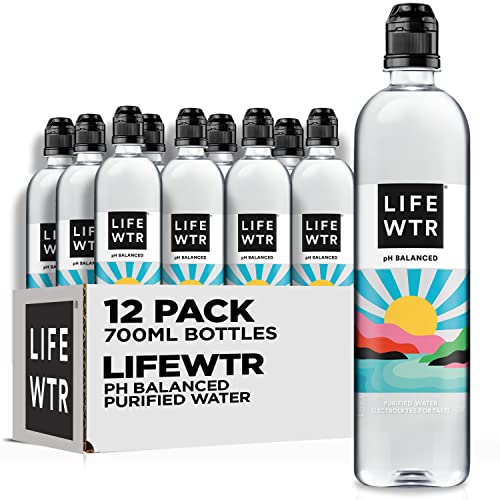
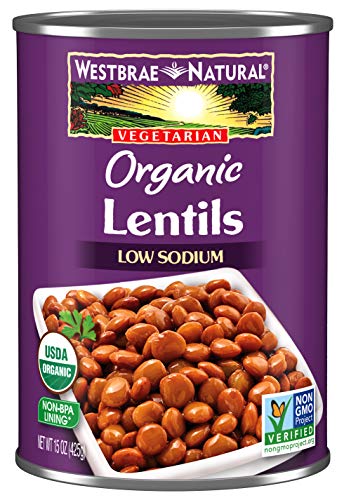

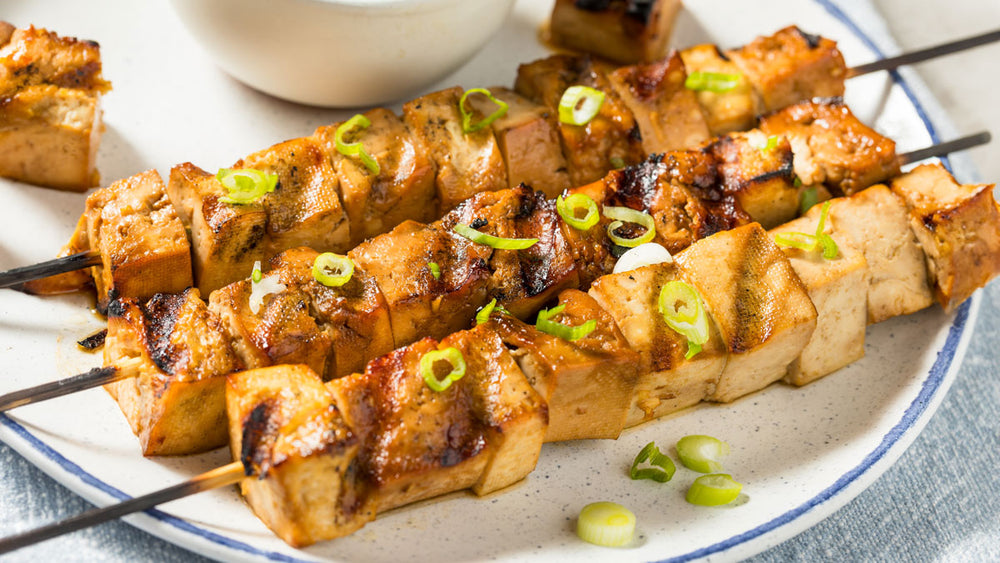

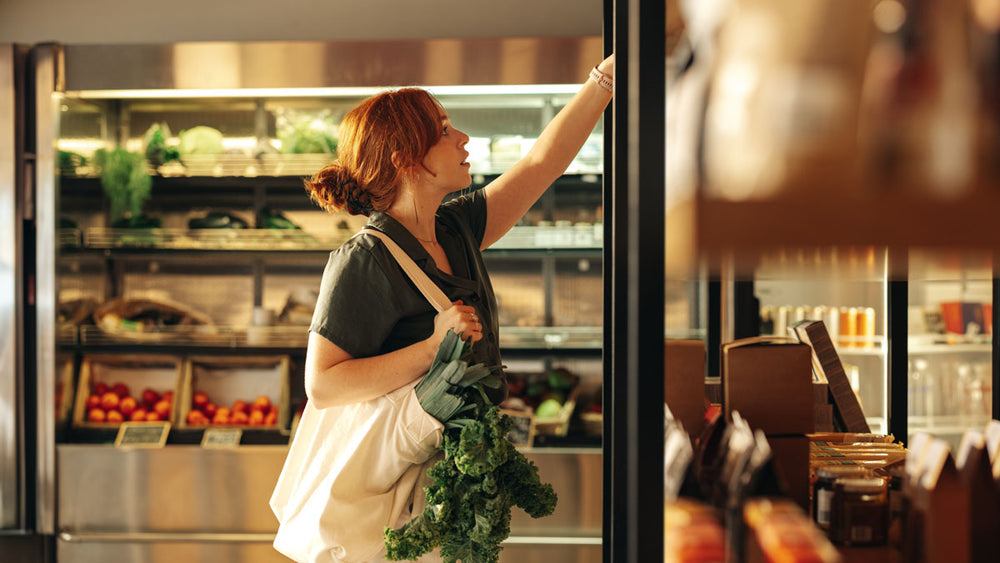

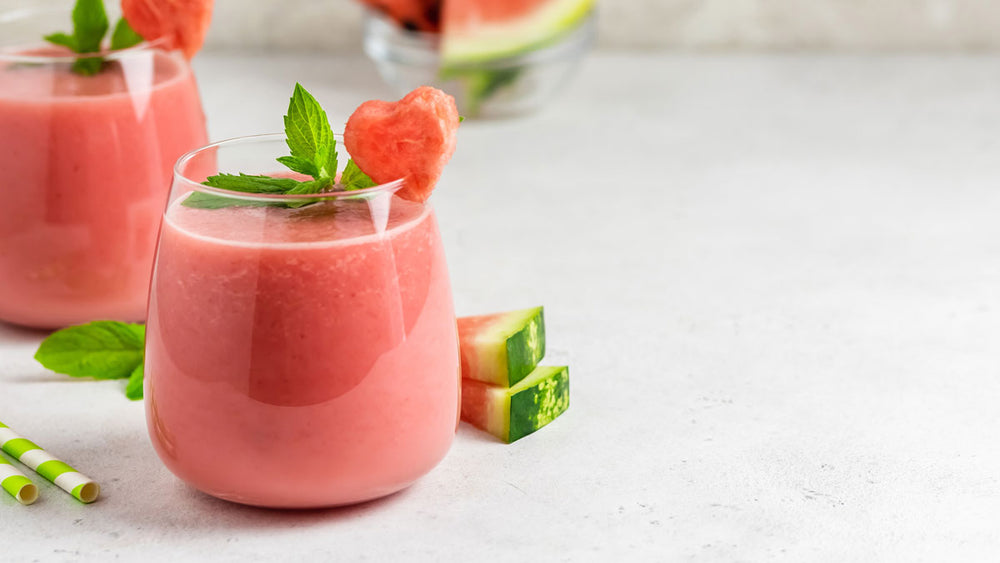









Comments
Join The Conversation...